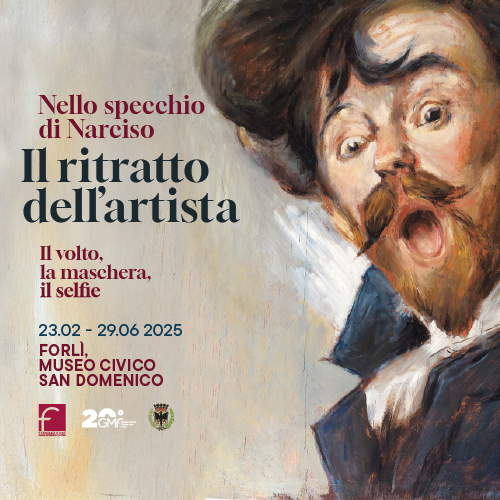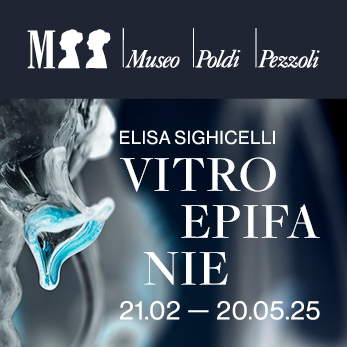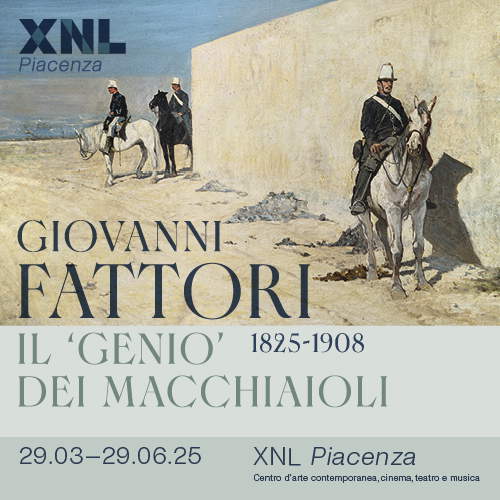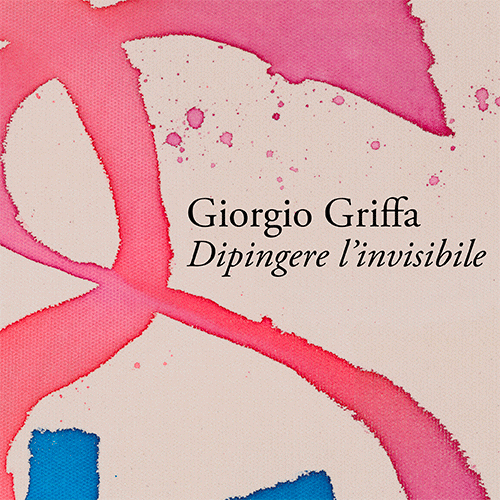Spain, gallery owner investigated for selling painting passing it off as Caravaggio
A painting that was sold by a Spanish art dealer to one of her clients as a work attributed to Caravaggio is at the center of a court case in Spain. This was revealed by the newspaper El Confidencial, which recounts the details of the affair, dating back to February 2023: at the time, an art dealer had sold a painting to a businessman for the sum of 275,000 euros. She had purchased it shortly before, in December 2022, at an auction in Madrid, winning it for just over 16 thousand euros (the estimate was 22 thousand), at the end of a sale in which the work had received no bids. According to the indictment, the art dealer convinced the businessman to pay the 275,000 euros to secure what was presented to him as an extraordinary find, and to try to persuade him, the professional produced false documents to attest to an improbable attribution to Caravaggio, and enlisted the help of an accomplice, posing, according to the indictment, as a Caravaggio expert associated with the Uffizi Gallery. Also under investigation is another dealer who is suspected of issuing false invoices to hide the earnings of the art dealer at the center of the investigation.
The work, an Ecce homo, measures 36 by 29 centimeters, and the auction house’s catalog states that it had previously been attributed to Spanish painter Juan Valdés de Leal (1622 - 1690), as claimed by a label affixed to the back of the painting, while at auction it was presented generically as the “Italian school of the seventeenth century.” The Madrid court handling the case approached the Prado Museum in July 2024 for an expert opinion to determine whether there were indeed grounds for an attribution to Caravaggio: this possibility, however, was ruled out by the Spanish museum, which branded the work as being of “not particularly fine workmanship.” It would also not be possible to establish the name of an author: theEcce Homo in question, therefore, remains the work of an unknown person. The expert who conducted the appraisal, David García Cueto, head of the Prado’s collection of Italian and French Baroque painting, however, confirmed that it is an Italian work, and not a Spanish one as was once thought, but ruled out any connection with Caravaggio.
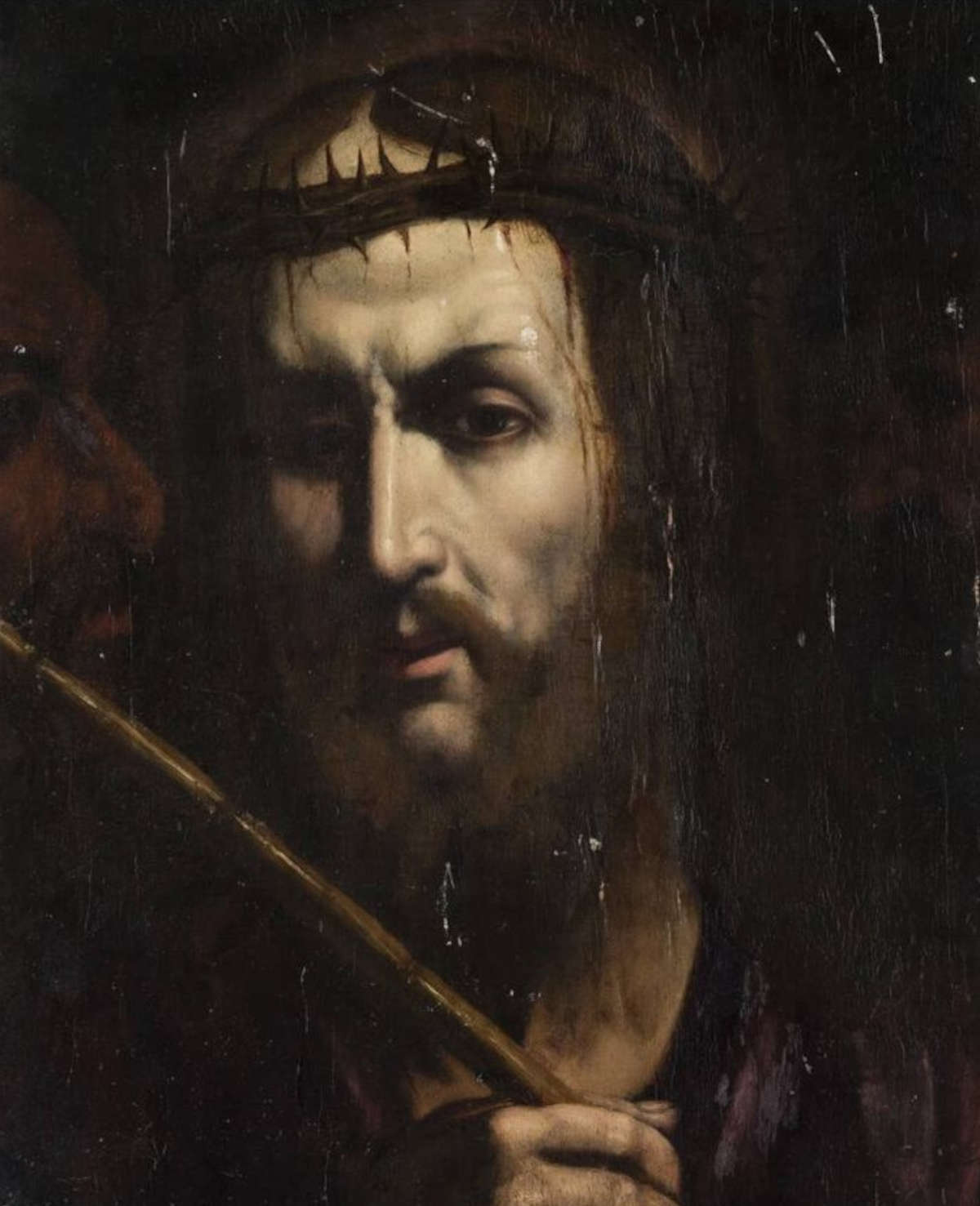
To conduct his research, García Cueto enlisted the help of an acknowledged Caravaggio expert, Giuseppe Porzio, according to whom the work “presents remarkable similarities with the Emilian derivations of Annibale Carracci’s prototypes.” Consequently, for the Prado, theEcce Homo in question is the work of an anonymous Emilian artist from the first half of the 17th century. The value? A market price of between 18 and 22 thousand euros.
In addition, according to the prosecution, the art dealer who sold the work to the entrepreneur also allegedly refused to have the work analyzed by an independent expert, as requested by the entrepreneur: at which point, however, she allegedly raised the possibility of alternative attributions, for example to Valentin de Boulogne. Moreover, after the transaction, the dealer also allegedly avoided handing over the painting to the buyer, a move that prompted the entrepreneur to file a complaint: following the complaint, the Spanish Guardia Civil searched the gallery owner’s home and seized the painting. The gallerist has so far denied any charges. Now all the material is in the hands of the Madrid court that will have to rule on the case.
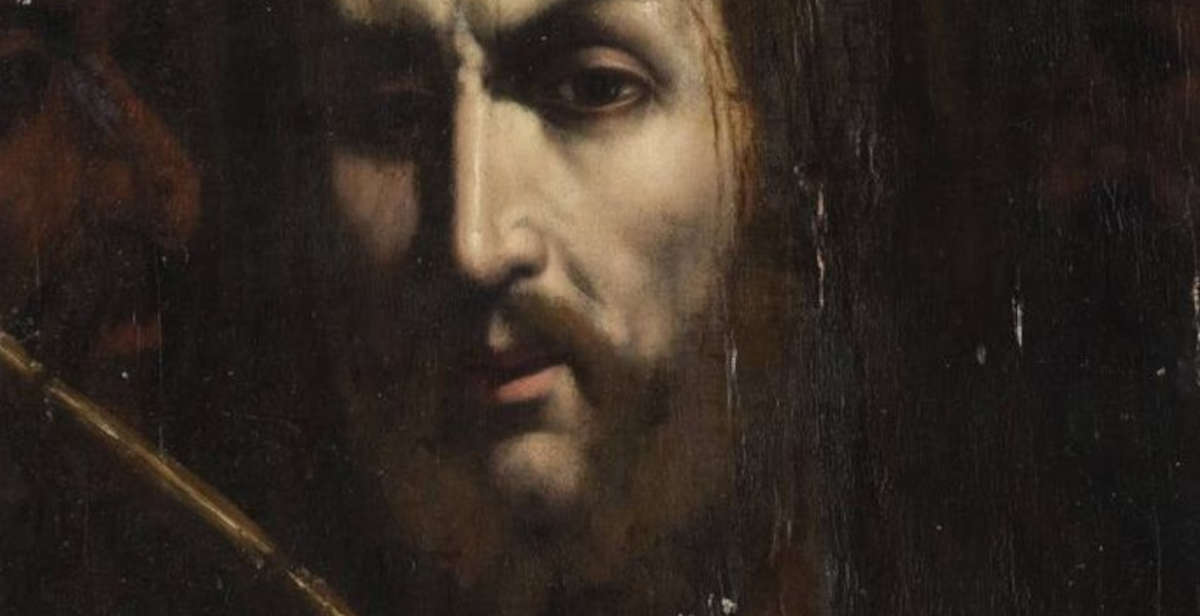 |
| Spain, gallery owner investigated for selling painting passing it off as Caravaggio |
Warning: the translation into English of the original Italian article was created using automatic tools. We undertake to review all articles, but we do not guarantee the total absence of inaccuracies in the translation due to the program. You can find the original by clicking on the ITA button. If you find any mistake,please contact us.





